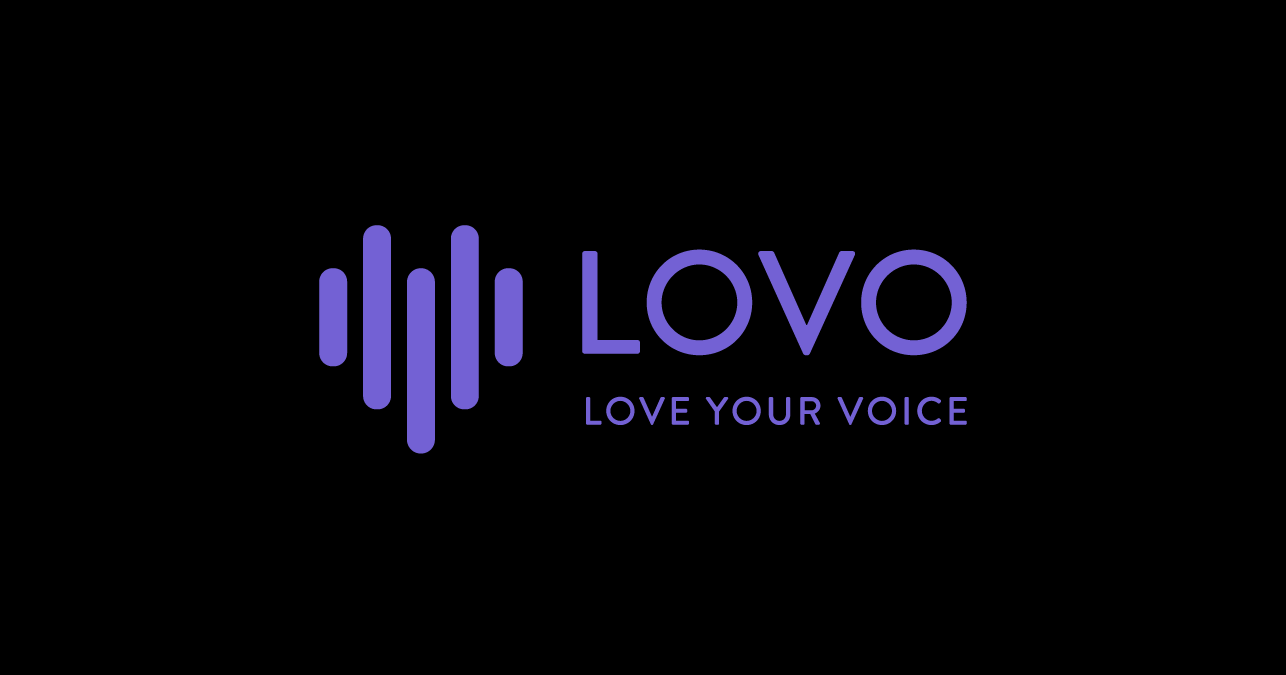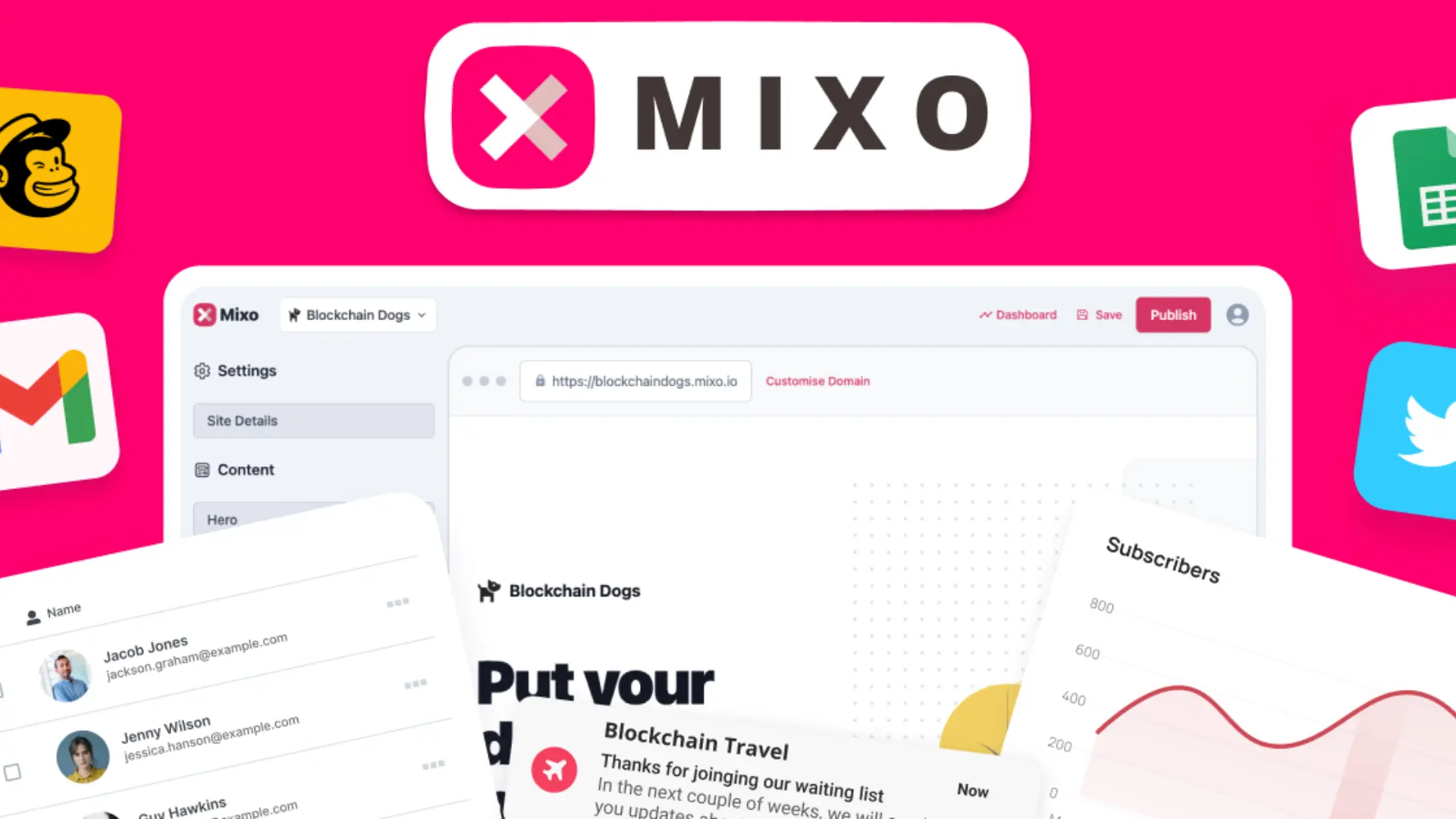If you want to sell more online, you need to understand how to use psychological triggers in your offers.
There are a lot more psychological triggers but these are the 3 that I have been able to utilize in my businesses the most. And they’re really simple to use once you understand them. It’s become natural to use psychological triggers in every offer. I don’t put out an offer with at LEAST one of these psychological triggers.
If you want to learn more about the psychology of persuasion a good start is Robert Cialdini’s book “Influence” which is the primary inspiration for this post. Another book with great examples of psychological triggers in action is Dan Ariely’s book “Predictably Irrational”. I read these books over 10 years ago and they continue to serve me in my business.
Let’s get into it.
Scarcity
Scarcity in marketing is using a shortage of time or shortage of supply to create urgency to buy now. To put it another way, emphasizing a sense of limited time or limited quantity pushes people to take action.
When a clock is ticking down or spaces are filling quickly, people don’t want to miss out and will make impulsive decisions to buy.
Before we get into the examples, I want to preface I do not recommend you lie to create scarcity. This has been proven to backfire.
You can create scarcity for any offer, with a little creativity.
Limited time examples
- Prominently display a date at which the offer expired
- Add a countdown timer at the top of your website or landing page
- Send “countdown” reminder emails (“1 day left”, “4 hours left”, “last chance”)
- Offering early bird incentives (using multiple tiers to the sale based on a date is extremely effective)
To make this even more effective, why there’s a date/time deadline. If it’s an actual event it might be self-explanatory (but you could still mention the event won’t happen again). If it’s not an event give a reason why there’s a deadline such as a “weekend special” or “specific holiday promotion”. Any holiday is a great excuse to promote a limited-time sale.
Limited quantity examples
- Explain how many people will see the promotion in comparison to the quantity available (eg, the size of your email list, social following, or ad budget)
- Display the number of tickets/products/etc available
- Show proof (picture or screenshot) of the limited supply
- Provide special incentives/discounts/etc for a specific number of buyers
To make this even more effective, explain why there is a limitation to the quantity. In this case, any reason is better than no reason. Your reason could be as simple as “because I only want to give away this many at this price”. But the better the reason the better your offer will do.
It’s best to use BOTH limited time and limited quantity in every offer. As long as you can come up with an authentic reason for both.
Bottom line… Never have an offer without scarcity.
New
People love new things.
This trigger word gets people excited and interested because there’s a novelty to getting or trying something new.
Car companies use this tactic effectively with their “new” models each year. Year to year, cars change very slightly, but the newest model is pushed and purchased based on this psychology.
Similarly, ever notice how fast food chains but out a new burger or sandwich by simply combining ingredients they already carry, like the “New Spicy Bacon Cheddar Double Cheese Burger – Here For A Limited Time!” Now they can create new advertisements for a new product and get customers coming back to try the new burger.
You can take an ‘old’ product and give it a new name or new angle, and suddenly, it’s new.
You can pretty well throw “new” in any offer and call it a day.
Discount
Who doesn’t love a bargain? Discounting sells, just look at the growth of daily deal sites like Groupon.
Using the trigger word “Discount” in your offer or sales page will grab the attention of your prospects (especially if there’s scarcity too).
You don’t have to sell your product for less to create a discount offer. If you don’t want to discount your primary products or services you can:
- Create a new offering that complements the future sale of your primary product/service.
- Include additional bonuses to your primary offer to build the perceived value
- Positioning your offer as a discounted rate and providing excellent value is what makes the sale.
Positioning your offer as a discounted rate and providing excellent value is what makes the sale.
Conclusion
Effective offers are all about using psychological triggers to get people to take action and buy. Keep these 3 triggers in your back pocket for future campaigns and I guarantee you will see an increase in your conversion rates. These are just 3 examples, there are several more physiological triggers you can (and should) use.
Got tips on how to use these or other physiological triggers in your marketing? Drop them in the comments below and we’ll update this article with more examples and a link to your offer.
For more information, check out the following guides:
Matt Astifan
A digital marketing enthusiast who is passionate about publishing, startups and the creator economy. Matt is the CEO of Web Friendly and helps write, recruit and improve content across the website.
follow me :








Related Posts
How to Price Your Social Media Services (The Fair Way)
Oct 31, 2022
Dan Lok's YouTube Channel Hits 4 Million Subscribers
Apr 23, 2022
Sales Funnel Stages: 5 Steps In The Sales Process (with examples)
Oct 26, 2020